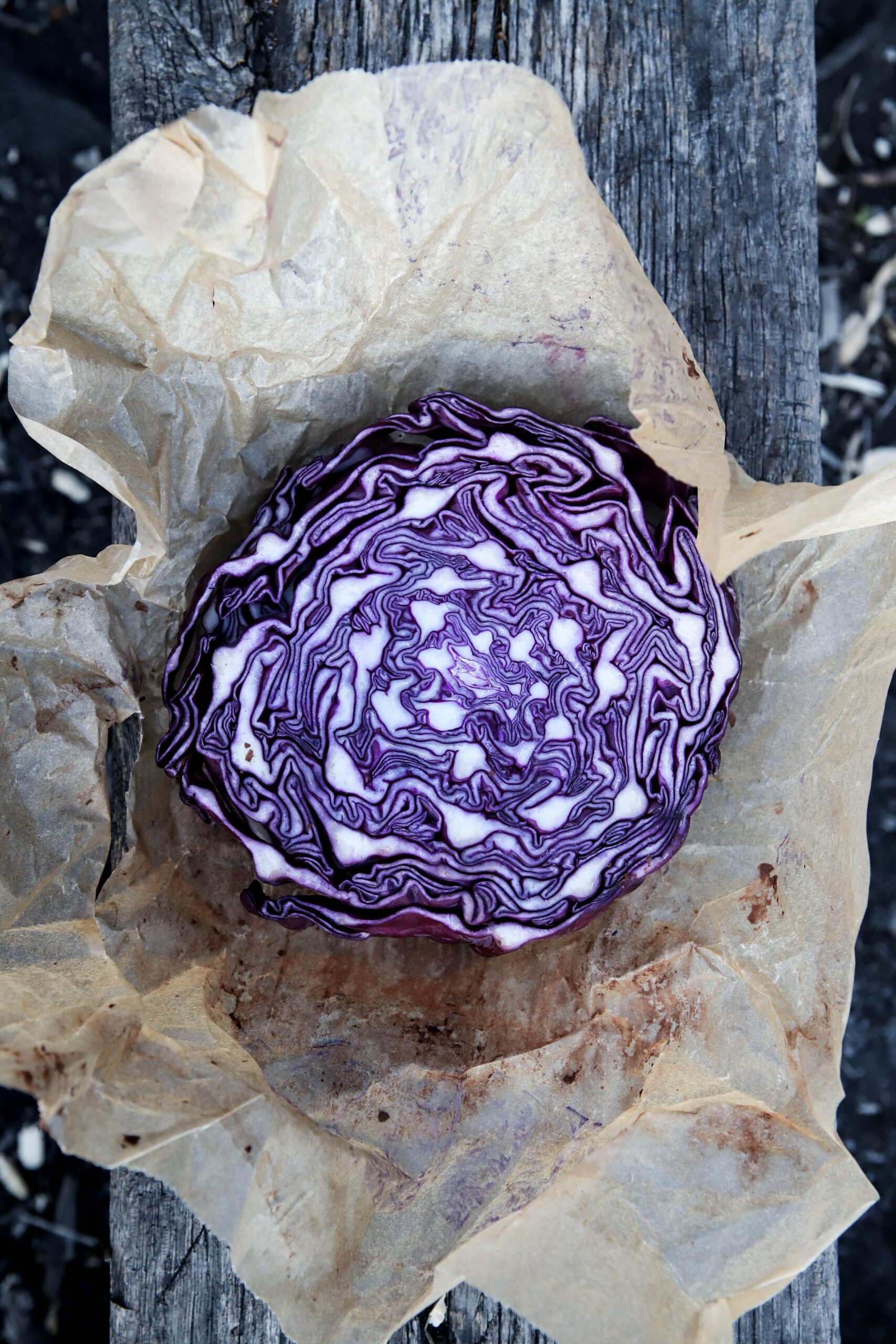El drago es la planta simbólica de las Islas Canarias. También se le llama „árbol de la sangre de dragón“ porque sus excreciones resinosas, inicialmente incoloras, que salen de las heridas, se vuelven de color rojo oscuro cuando se exponen al aire, como la sangre seca.
Entre los guanches, se consideraba un árbol mágico. Entre otras cosas, lo utilizaban para curar huesos rotos y otras heridas, pero también para momificar a sus muertos.
En el siglo XIX, se utilizaba como aditivo para la pasta de dientes, pero también para barnices y pulimentos, entre otras cosas en la fabricación de violines y para conservar la madera de los edificios.

